About Us
Welcome to South Fork
South Fork Historical Society
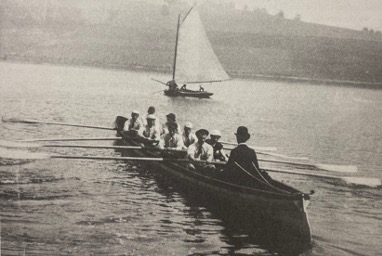
In the 1880s, at the height of the Gilded Age, famous industrialists from Pittsburgh, like Henry Clay Frick, made their way to this area via the Pennsylvania Railroad. They and their families disembarked at the South Fork train depot and began a leisurely carriage ride through town and on to the South Fork Hunting and Fishing Club only three miles away. The centerpiece of the resort was Lake Conemaugh, which was held in place by the large, earthen South Fork Dam. The dam, forever linked in name to the nearby community, tragically and catastrophically gave way in a torrential storm on 31 May 1889. In about an hour, the entire lake would be drained of its 20,000,000 tons of water. The exploding wall of water gave the town of South Fork a glancing blow, destroying 20-30 homes and taking 4 lives, as it raged down the valley to Johnstown only 14 miles away. The resulting flood that day took the lives of over 2,200 people and became the largest natural disaster in America to that point. Even today the Johnstown Flood remains the third worst natural disaster in our nation’s history.
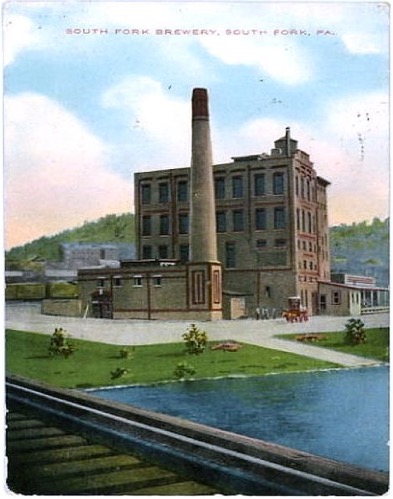 After the flood, South Fork began to rebuild and in the coming 20th century it would boast its own brewery, a brick foundry, hotels, taverns, movie theaters, and even an opera house. These were boom times in South Fork when the borough had over four times its current population. Over time, however, things changed, and South Fork’s once distinguished homes and ornate buildings began to fall into disrepair, its residents moved elsewhere, and the sounds of a bustling town became muted.
After the flood, South Fork began to rebuild and in the coming 20th century it would boast its own brewery, a brick foundry, hotels, taverns, movie theaters, and even an opera house. These were boom times in South Fork when the borough had over four times its current population. Over time, however, things changed, and South Fork’s once distinguished homes and ornate buildings began to fall into disrepair, its residents moved elsewhere, and the sounds of a bustling town became muted.
A contemporary historical assessment finds a quiet, seemingly insignificant community that belies a rich history. Our fathers and forefathers worked the mines, mills, and railroads that helped build a nation. When that nation was threatened, however, our local men and women placed their lives on pause, took up the challenge, and served with distinction in every war and national conflict since the American Civil War. Even now, two local veteran service organizations – American Legion Post 653 and VFW Post 7524, continue to watch over nine area cemeteries and three community memorials. Members of these organizations place American Flags on the graves of over 1200 soldiers, sailors, airmen, and marines every Memorial Day and provide military honors over all of the fallen each Veteran’s Day. Through good times and learning, our community’s veterans have remained steadfast in their commitment to South Fork, and to each other. They remain a celebrated component of our rich historical heritage.
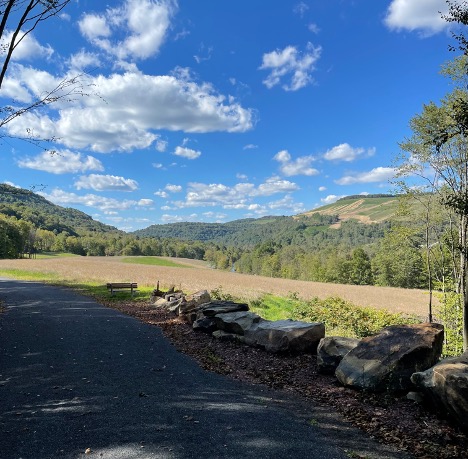 When the main coal mines and steel mills closed around 1982, South Fork slipped toward its economic nadir and prospects were bleak. As often happens in America, misfortune is only a temporary state when people of good character and moral resolve unite to overcome adversity. Whether it was the natural devastation experienced in 1889 or the economic collapse nearly a century later, the community of South Fork responded by dusting itself off and rebuilding.
When the main coal mines and steel mills closed around 1982, South Fork slipped toward its economic nadir and prospects were bleak. As often happens in America, misfortune is only a temporary state when people of good character and moral resolve unite to overcome adversity. Whether it was the natural devastation experienced in 1889 or the economic collapse nearly a century later, the community of South Fork responded by dusting itself off and rebuilding.
In the last few decades, there has been a resurgence of spirit and effort in the local area. In a wonderfully subtle irony, the preservation of our past has become the very impetus for a brighter future. First, the overgrown remnants of the infamous South Fork dam were procured by the Federal Park Service and what was once an insignificant spot off Interstate Route 219 is now a highly manicured historical site with a state-of-the-art museum and walking paths explored by thousands of visitors each year.
Next, the Park Service also reclaimed the roadbed of an old trolley line that ran between South Fork and Johnstown and was abandoned in the 1920s. The shabby dirt road was constantly rutted by off-road vehicles of all types in the 1970s and 1980s. Now, however, it is a serene walking and bicycle path with beautiful vistas and periodically placed plaques that recount the path of the flood waters that roared down the valley over 130 years ago. The restored roadway is aptly named “The Path of the Flood Trail’ as it parallels the flood-carrying Conemaugh River only a few hundred yards away. The Path of the Flood Trail also connects to other well-maintained and historic biking and walking trails. Nearby, for example, is the Staple Bend Tunnel Trail that leads to the first railway tunnel constructed in the United States.
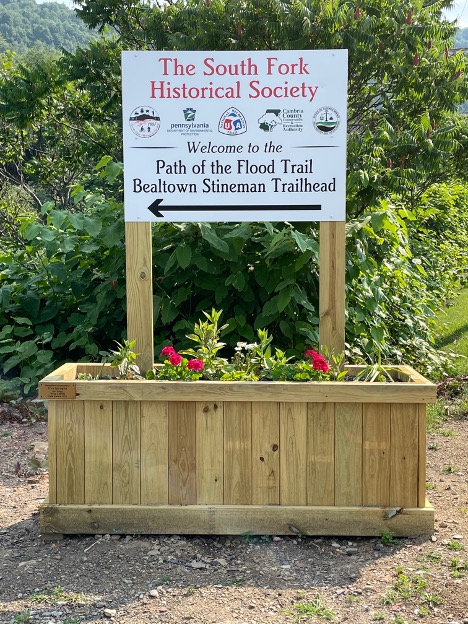 In 2020, another groomed and connecting trail section will be completed. This portion starts (or ends) at the southwestern abutment of the South Fork Dam, travels through South Fork, and connects with the existing Path of the Flood Trail. This exciting addition will be joined by future efforts, creating an entire network of local trails that will allow outdoor enthusiasts of all ages the opportunity to hike or bike for many miles through the area’s lush forests; occasionally sighting kayakers on the Conemaugh enjoying their own form of outdoor recreation.
In 2020, another groomed and connecting trail section will be completed. This portion starts (or ends) at the southwestern abutment of the South Fork Dam, travels through South Fork, and connects with the existing Path of the Flood Trail. This exciting addition will be joined by future efforts, creating an entire network of local trails that will allow outdoor enthusiasts of all ages the opportunity to hike or bike for many miles through the area’s lush forests; occasionally sighting kayakers on the Conemaugh enjoying their own form of outdoor recreation.
Other state and federally-funded projects continue to enhance and accelerate the area’s transformation. The many coal mines, for example, that probed the hills surrounding South Fork have all been closed. Once that happened, the business of reclamation began in earnest. Water treatment plants were built to purify the sulfur-laced Conemaugh River that hadn’t seen fish for decades but will again within just a few years. Most amazingly, the mountains of mine refuse, called bony or rock dumps, which were simply dumped on the landscape like a colossal bucket of ashes, have been hauled away. In its place are hundreds of acres of pristine landscape, fully restored to their natural beauty and waiting patiently for a forest of trees to reclaim their rightful place on the mountain.
The journey from a 19th-century small town, where the commodity was coal and cheap labor, to a 21st-century community championing outdoor recreation of every kind, has been replete with tales of human triumph and tragedy. It is in this exciting atmosphere of revitalization that the South Fork Historical Association enters the arena and offers the resources of its membership. South Fork and the surrounding area have an incredibly compelling story and we want to help tell it.
Our Mission
Our intent and commitment is to preserve and celebrate the working-class heritage of our town. We bring the stories of our citizens to life. We display faded photographs and weathered artifacts that connect with the viewer at a level that is understood, but impossible to explain.
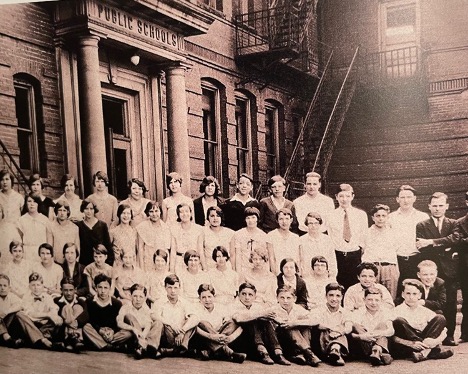
Physical Address
427 Maple Street South Fork, PA
Mailing Address
PO Box 64 South Fork, PA 15956
Contact
General Questions, History : (757) 581-7909
Grants: (814) 935-1944
Bus Trips, Membership, Events : (814) 322-8840